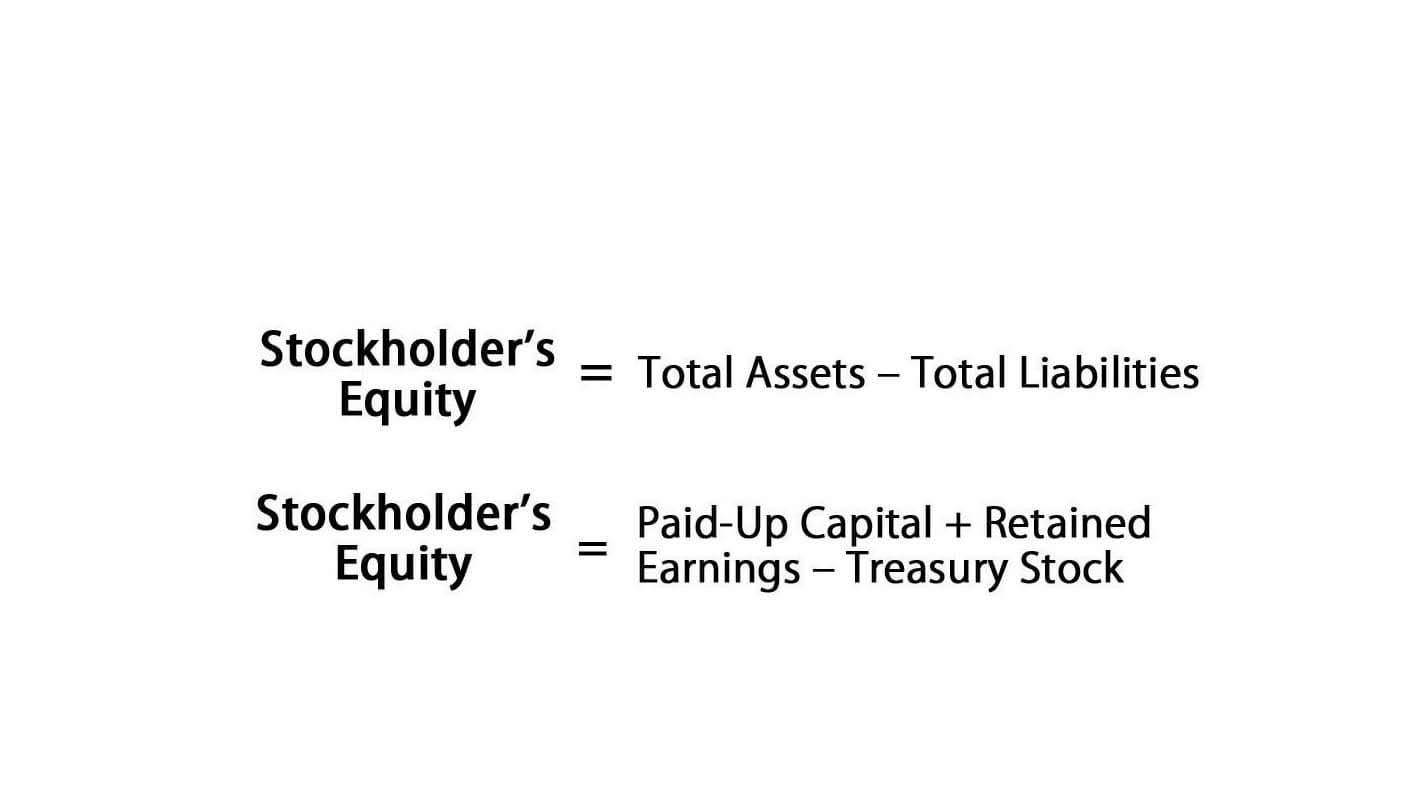Hello world!
Temmuz 13, 2020Кошелек MetaMask МетаМаск как установить и пользоваться
Şubat 28, 2023
This includes details such as the date, location, and any other necessary information. Notice that the amount for which adjustment is made differs under two methods, but the final amounts are the same, i.e., an insurance expense of $450 and prepaid insurance of $1,350. If you use an expense account, the P&L will show a huge loss in one month (from the damage) and then a huge profit in the month that the insurance check is received.
- Insurance expense is a charge a business incurs to protect its operations against adverse commercial or life events.
- An advance payment is made ahead of its normal schedule such as paying for a good or service before you actually receive it.
- So when it comes to entering these transactions into the bookkeeping records of a business there are different journal entries to consider.
- In times of uncertainty and financial stress, it seems increasingly important for the insurance sector and broader financial services industry to maintain connections and be well-positioned to serve clients.
Balance Sheet Classification Of Deferred Expenses
Financial statements are prepared to know and evaluate the financial position of a business at a certain time. Learn about the adjusted trial balance, income statement, statement of retained earnings, and balance sheet, and explore the elements and steps in creating these financial statements. Insurance expense and insurance payable are distinct terms; one is an expense and the other is a liability. The prepaid amount will be reported on the balance sheet after inventory and could part of an item described as prepaid expenses. Current assets represent items a company expects to use in the next 12 months.

Are prepaid expenses assets or liabilities?
Accountingcoach.com has a good example of accounting for payroll withholdings for health insurance. These include commercial property cover, product liability cover and employee cover. Some insurance payments can go on to the Profit and Loss Report and some must go on the Balance Sheet.
Link your accounts
Failure to pay the premium may result in cancellation of the policy and loss of coverage. Insurance rates can be greatly impacted by a range of factors, from the type of vehicle driven to the credit history of the policyholder. Location and usage of the vehicle can also affect the premium, as well as the gender, age, and marital status of the drivers.
- Handling life insurance premiums involves strategic decisions affecting a company’s tax position and cash flow.
- The accounting concepts of debit and credit run counter to the banking terminology.
- As mentioned above, the premiums or payment is recorded in one accounting period, but the contract isn’t in effect until a future period.
- Insurance proceeds are benefit proceeds paid out by any insurance policy as a result of a claim.
- This is accomplished with a debit of $1,000 to Insurance Expense and a credit of $1,000 to Prepaid Insurance.
At the end of the month, the journal entry will include a debit to the insurance expense account and a credit to the prepaid insurance account. Prepaids, usually considered a current asset, are located in the first section of a company’s balance sheet. However, if the insurance policy is for a period greater than one year, the portion over one year must be classified as a long-term asset. Upon initial purchase of the insurance policy, the payment is recorded as a debit to cash and a credit to prepaid assets. When a company purchases an insurance policy in full — such as 12 months —, it will debit the prepaid insurance account and credit the company’s cash account. A company’s property insurance, liability insurance, business interruption insurance, etc. often covers a one-year period with the cost (insurance premiums) paid in advance.

Fixed-Asset Capitalization Policy
When the company pays its premiums, the bookkeeper credits the cash account and debits the insurance payable account. This entry brings the insurance payable account back to zero, therefore settling the debt. The accounting concepts of debit and credit run counter to the banking terminology. Factors such as the type of vehicle, the policyholder’s credit history, and the driver’s age, gender, and marital status can all affect the cost of an insurance premium. Insurance premiums are payments made for insurance policies and can cover healthcare, auto, home, and life insurance. The amount of money that a unearned revenue policyholder pays will depend on several factors, including the type and amount of coverage they need and the insurance company they choose.
For the past 52 years, Harold Averkamp (CPA, MBA) hasworked as an accounting supervisor, manager, consultant, university instructor, and innovator in teaching accounting online. For the past 52 years, Harold Averkamp (CPA, MBA) has worked as an accounting supervisor, manager, consultant, university Accounting for Churches instructor, and innovator in teaching accounting online. At the end of the year, “Prepaid Insurance” would have a balance of $2,250 and “Insurance Expense” would be at $750. Adjusting entries can also be prepared monthly, especially if the company needs updated monthly account balances. A certified public accountant and certified financial manager, Codjia received a Master of Business Administration from Rutgers University, majoring in investment analysis and financial management.

Purchase Stationery Journal Entry
Therefore, the insurance payments will likely involve more than one annual financial statement and many interim financial statements. A business insurance expense spends $12,000 in advance for liability insurance coverage for the next twelve months. The company records this expenditure in the prepaid expense account as a current asset. In each of the next 12 successive months, the business charges $1,000 of this prepaid asset to expense, thereby equably spreading the expense recognition over the coverage period.
